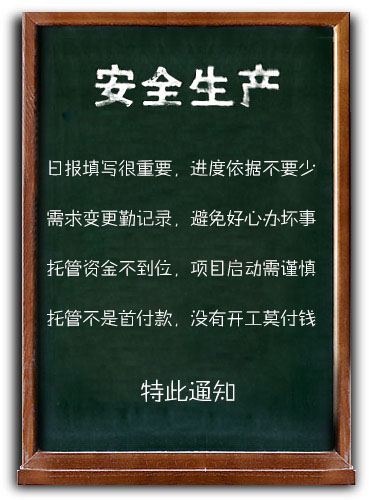Django Authentication information export


描述
Extend, Modify or clone the Django authentication system to
* export user data a) to LDAP and b) to Google Apps (see http://code.google.com/intl/de/apis/apps/gdata_provisioning_api_v2.0_reference.html#) Data should be exported on save/create of any record.
* use CouchDB instead of an SQL Database to store User Account information. The user's E-Mail-Address shoule be used in the "username" field, so user's dont have to remembern an additional username.
* Provide a simple application to change/reset Password (this can reuse 99% Django code)
* Provide a require_login decorator which checks if the user is already logged in and if not displays a login form. (You again can reuse a lot of django code for that.) The user should NOT be asked for his username but for his E-Mail Address instead.
During development we can NOT give you access to a Google Apps account for testing - you have to get one yourself.
Parts:
* New User Model compatible with Djangos Uder Model
* Application where an Admin can create and delete user (might use the Djaongo admin interface)
* Application where Users can change ther Passwort or reset ther password.
* Password reset should be implemented by emailing the user a one time link valid for 48 h which when followd allows the user to set a new password. When the Password has been changed, rend an informational email about the fact. The technique is described at http://is.gd/4OfsH and called "Weak Technique C – Emailing instructions on how to reset password" (yes I want you to implement a "weak" techmique
* Sample of the login_required decorator
项目竞标
| 接包方 | 国家/地区 | |
|---|---|---|
|
|
3
Birapsales
|
|
|
|
3
Brushfiredesign
|
|
|
|
3
Jdlampard
|
|
|
|
2
Vajrainfratech
|
|
|
|
2
Anyware
|
|
|
|
2
New_media_guru
(中标)
|
|
|
|
2
Symsource
|
|
|
|
2
Susanire
|

